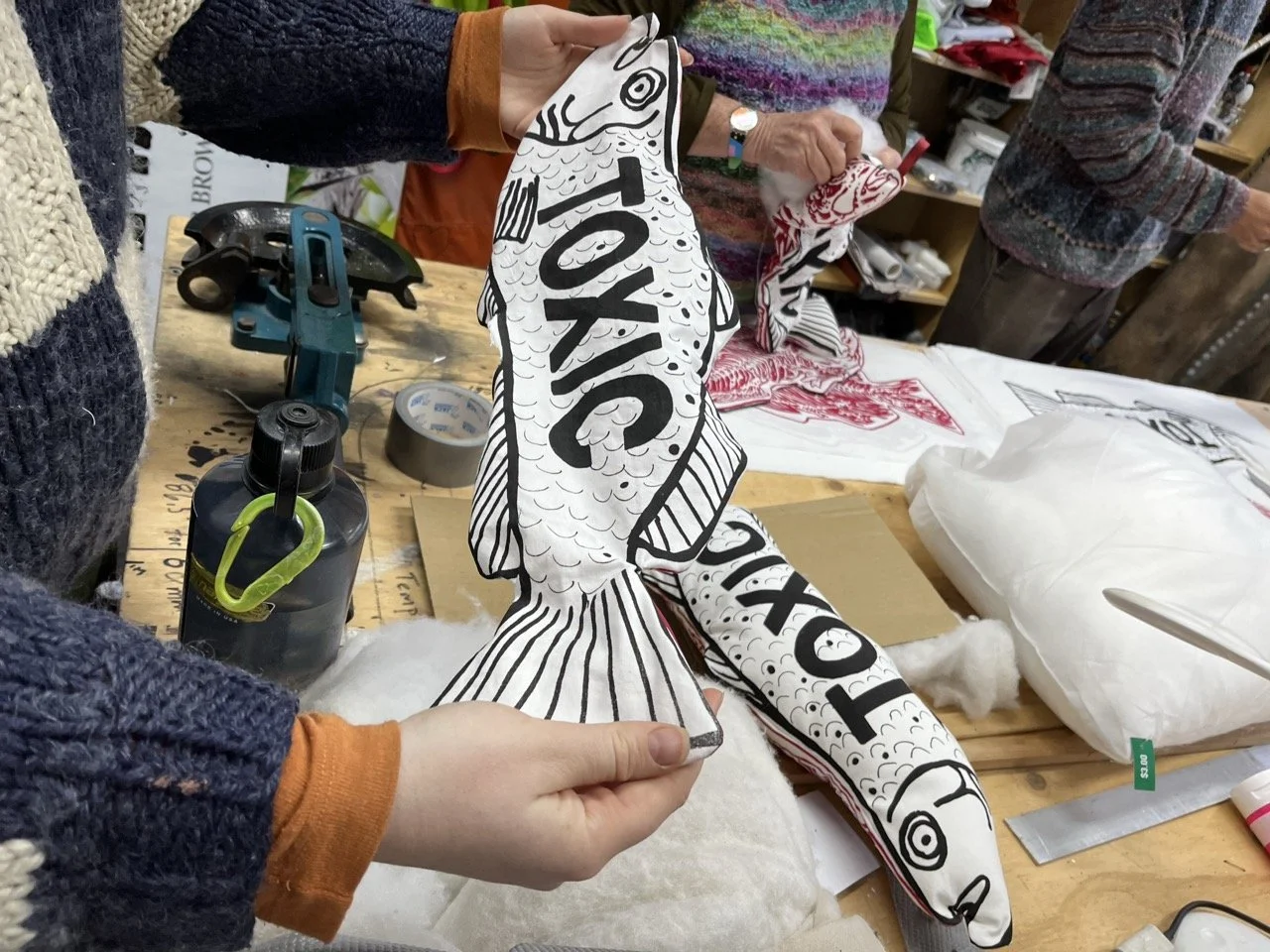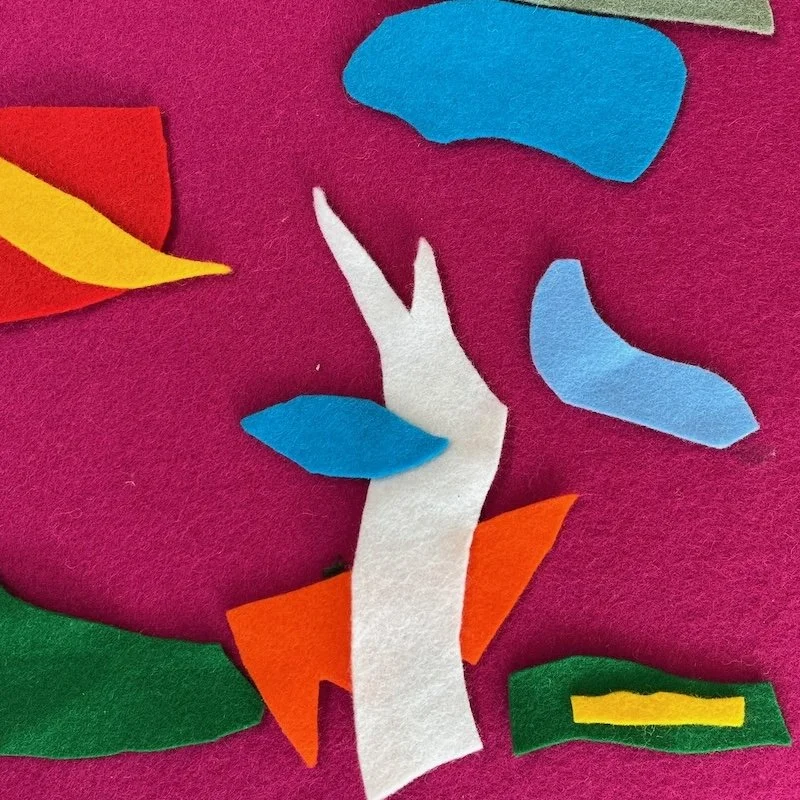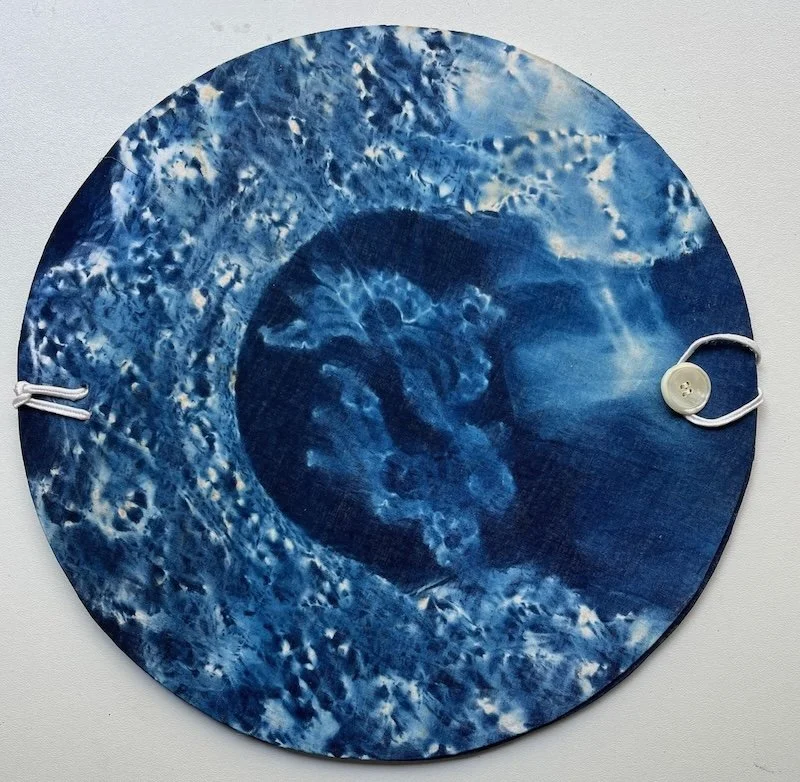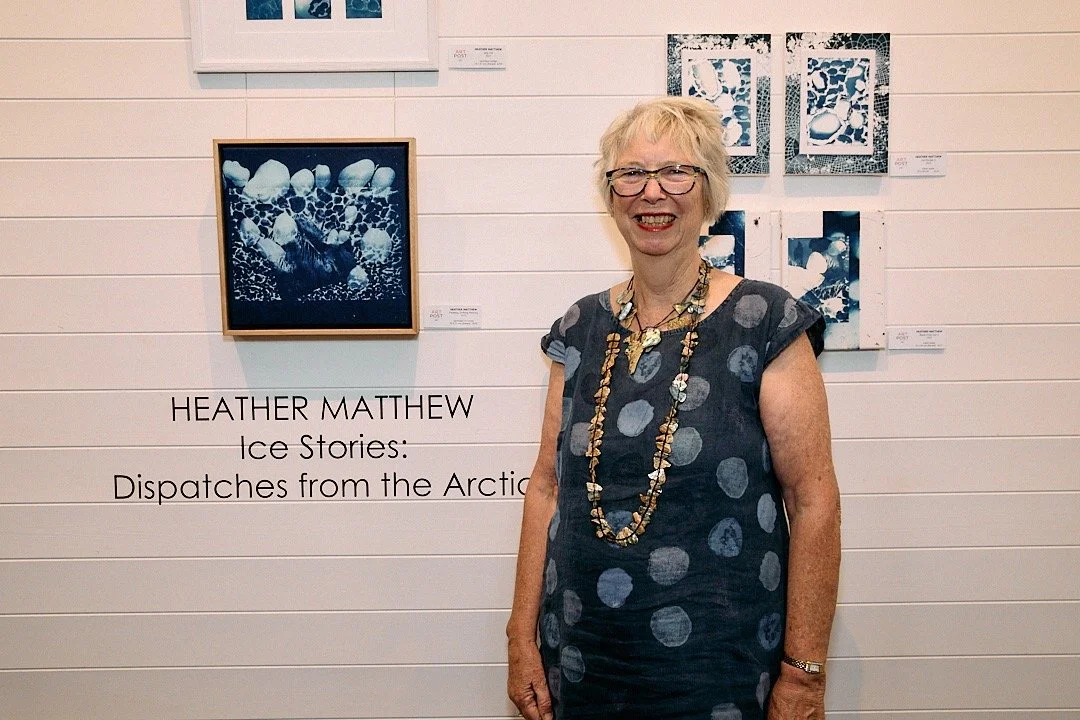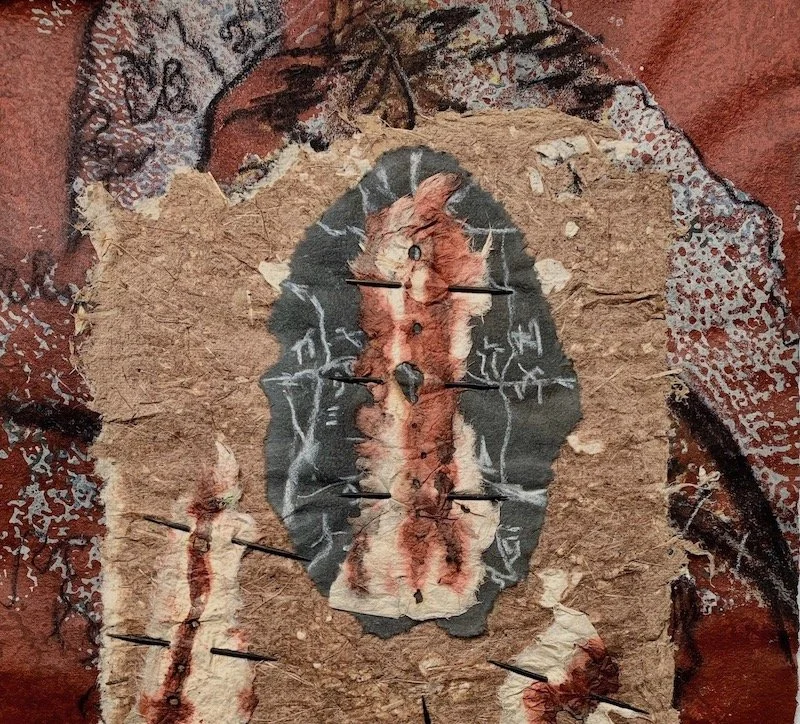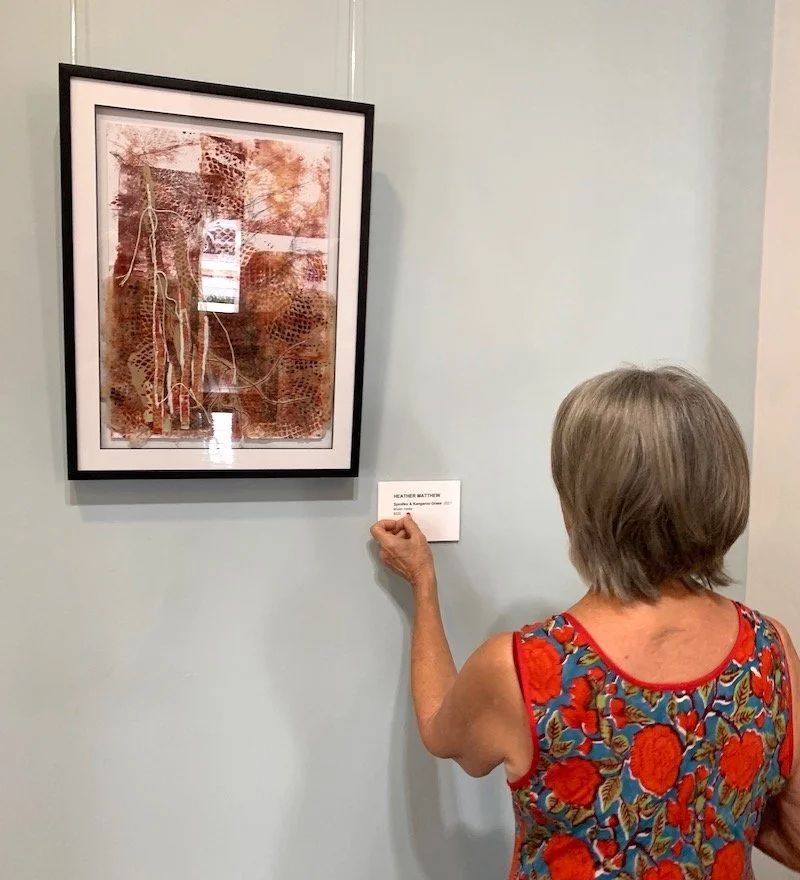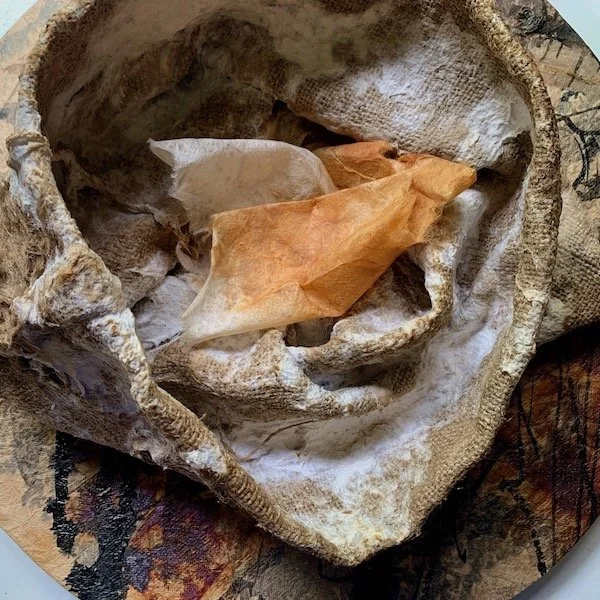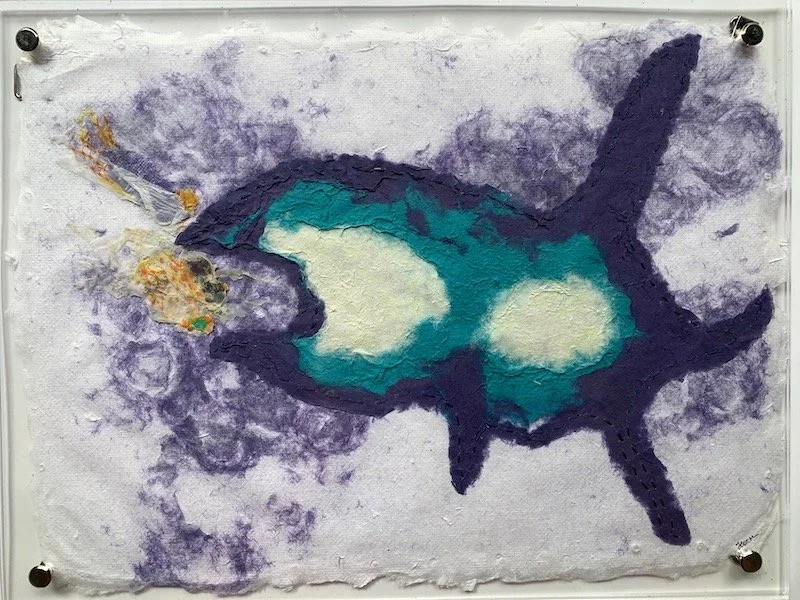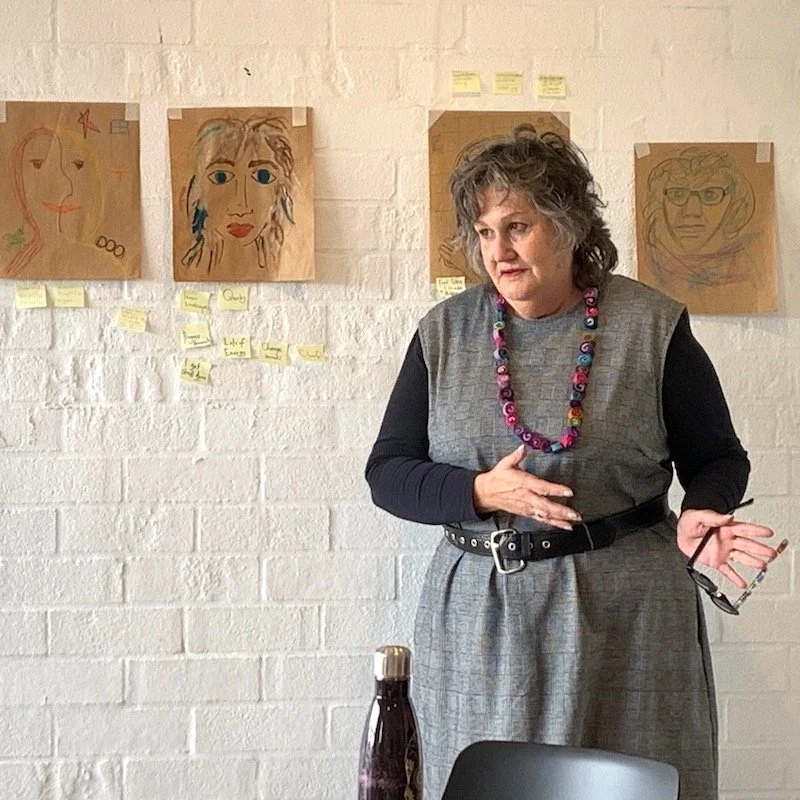When you are part of a movement for social change it feels like you are in a large family tribe, all working towards a common goal. Art can be a powerful way to open people’s hearts and expand their thinking. Tribes grow as entities while growing their members. Art + activism = change.
All tagged art exhibitions
Fuzzy Felt Play
When a visit to a famous Australian art museum inspires childish art play, you know that it was worth the effort to visit. Bundanon was gifted to the Australian people by artist Arthur Boyd and his wife Yvonne in 1993. When I finally got to visit it, I experienced how the Australian landscape continues to inspire artists to capture the spirit of the bush, even in fuzzy felt.
Rejection!
Rejection is not the end of the world, although it may feel like it at the time. Applying for art opportunities is part of the process of being an artist, whether it is for exhibitions, collaborations, residencies, grants or any other project you dream up. Not all applications are successful, which makes the ones you do get accepted for even sweeter.
Art is Therapy
Whether you are making art or appreciating it in its myriad of forms; immersion in art can be exactly the therapy you need on a grey and dismal day or when life itself feels a little overwhelming. Artists supporting each other gives truth to the saying, when one rises, we all rise together.
Out in the World
Your artistic children do not belong to you. They are life’s longing for self expression. Letting go of your art creations is important if they are to find new homes. Yet you can be full of anxiety - will they be loved by others as you love them yourself?
Galleries and Artists
What makes a successful art exhibition? Gallerists can provide a special bridge between an artist’s work and its audience, advocating for the artwork on the artist’s behalf. They handle the installation, marketing and selling of the art, leaving the artist free to talk to their audience and enjoy the ‘buzz’ of the exhibition opening.
In Hindsight
Do we truely value what we do? If the answer is no, is this about the ‘tall poppy’ syndrome or living ‘under the radar’ as a woman, to not draw attention to yourself? This undervaluing can translate into how you value your own creations and artworks. What do you choose to exhibit or share?
Published
Self publishing is a fantastic way to create a printed catalogue of your art project. The images in a book retain the essence of place, the sounds heard and smells experienced there as well as a document of art created ‘on site’. Books can become ambassadors of your work, able to travel and represent you when you can’t be there yourself.
Art, Space & Time
Art is never created in a vacuum. It is always a product of its time, taking its influences from politics, society and the artist’s experiences of life. Art challenges and disrupts, it expands our thinking as I discovered this week at the Tate Modern in London.
Rejects
It’s disappointing to reject artworks you know you have laboured over. Painful as it may be, we have to ‘kill our darlings’, the works that we have spent so long with, they no longer feel fresh. Instead, think of these as pilots, leading the way for the better works to follow.
Sales, Sales, Sales
What’s the secret to selling art? Time and time again, I’ve found that my artworks that sell almost make themselves. They jump from the paper with joy and fizz with delight in their frames. Quite often the artworks I labour over for many hours and days are not the ones that sell.
Talking Paper
Why do I love paper? I love it as a material to touch, smell, fold, stitch, crinkle, burn and print on. I love to thrust my hands in water and fibre and pull out a sheet of still wet paper. Its an alchemical process that never fails to inspire me.
Talking with my Hands
Whenever I make new art, I ‘talk’ to my materials with my hands; moving papers around, ripping some up, stitching some together, folding and glueing. It's what I've been doing as I get ready for my exhibition, Paper at The Centre, Beaudesert, QLD in January.
Painting by numbers
What if you could make art that incorporated a formulaic method of response to an idea or materials where the images appeared “as if by magic” and all you have to do is join up the dots. Wall art or ‘art to make you scratch your head’?
Happy Talking, Talk
It can be pretty scary thinking about how to talk about your art. The best way to create a talk with ease, is to know the 4 things about your art: your Who, What, How and Why. These are the essential ingredients for a 2 minute “elevator” pitch or a longer talk about your art on the wall.
Validation
Picture yourself at your own art exhibition. Someone you admire is introducing you and your art works to an audience. It’s like having a magic mirror reflecting back at you. You feel validated as an artist, whether someone buys your work or not.
Value is a Mirror
How do you price your artwork, especially when you are starting out? Valuing yourself for where you are on your journey means embracing all your perceived ‘failures’ and keeping on going. I know now that the more I exhibit, the more I value what I do and why I do it.
When to Stop
Quite often my best art works are created really quickly. Things “just click” and the work literally makes itself. Other pieces I will labour over but these are not as successful as they have lost that initial “spark”. Knowing when to stop is key.
The World is Watching
Is great art political? From Eurovision to the Archibald Art prize winner, this week has seen great art making strong political statements with the eyes of the world watching.
Why Exhibit (and where?)
What is the allure of exhibiting in a public space and what are the exhibiting options? There are numerous considerations when you are applying to exhibit, some involve cost, some money. Both group and solo exhibitions have their own benefits.

